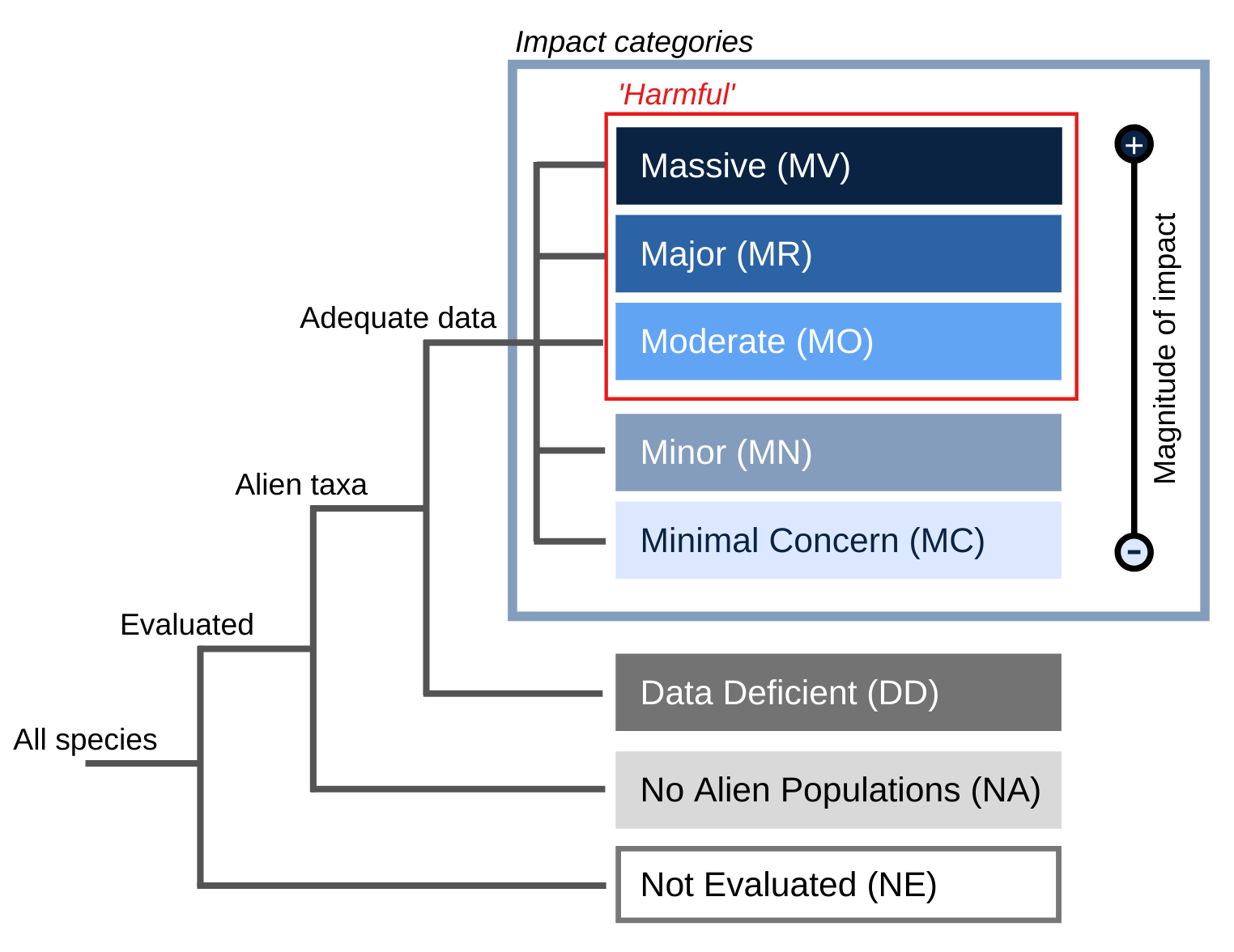- General
- Distribution
- Impact
- Management
- Bibliography
- Contact


Bromus tectorum , L. var. glabratus
Bromus tectorum , L. var. hirsutus
Bromus tectorum , L. var. nudus
Principal source:
Compiler: National Biological Information Infrastructure (NBII) & IUCN/SSC Invasive Species Specialist Group (ISSG)
Review: Dr. Petra Lowe. Department of Forest Sciences, Colorado State University, Fort Collins. USA
Publication date: 2005-12-30
Recommended citation: Global Invasive Species Database (2025) Species profile: Bromus tectorum. Downloaded from http://www.iucngisd.org/gisd/species.php?sc=266 on 17-11-2025.
\r\nPhysical: Where infestation is light, burning is not recommended, however, hand pulling can be effective in these areas. Care must be taken to remove most of the root, or it will grow back. Treatment should be followed by re-seeding of perennials, or else B. tectorum and other weeds will re-establish in the newly disturbed area. Follow-up treatment is required.
\r\nBiological: In North America, grasses, such as Crested Wheatgrass, have been planted to compete with B. tectorum. This has been successful in some cases.
\r\nIntegrated management: Mowing or cutting is not recommended. Burning and herbicide application are effective control measures, but to ensure selective control, they should be performed in early spring when non-target species are dormant. However B. tectorum fires can burn very hot and move very quickly so care should be taken (Beck pers. comm., in Carpenter et. al, 1999).











